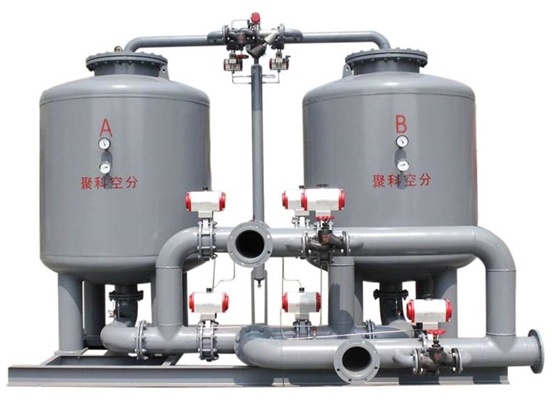Unlocking the Secrets of Oxygen Concentrators: Common Questions Answered
Discover essential information about oxygen concentrators, including common questions and tips for use.

What is an Oxygen Concentrator?
Ever heard of a Oxygen Concentrator? If not, you’re in for a treat! An oxygen concentrator, or Oxygen Concentrator, is a medical device that takes in air from the environment, removes nitrogen, and concentrates the oxygen for therapeutic use. It's a game-changer for individuals with respiratory issues, providing them with the breath of fresh air—literally!
How Does an Oxygen Concentrator Work?
So, how does this nifty device actually work? Well, it's pretty fascinating! The concentrator uses a process called PSA (Pressure Swing Adsorption). In simple terms, air is drawn into the machine, and through a series of filters and a sieve bed, the nitrogen is separated from the oxygen. Voilà! You get pure oxygen delivered right to your nose.
Who Needs an Oxygen Concentrator?
Now, you might be thinking, "Is this for me?" Great question! Oxygen concentrators are primarily recommended for individuals suffering from conditions like COPD, asthma, and other chronic respiratory diseases. If your doctor has prescribed supplemental oxygen, this device might just be your new best friend.
Common Questions About Oxygen Concentrators
Let’s dive into some of the frequently asked questions—because who doesn’t love a good FAQ session?
1. How much oxygen can I expect?
Most concentrators can deliver between 1 to 10 liters of oxygen per minute. The exact amount will depend on your specific needs, and it’s crucial to consult your healthcare provider for personalized advice.
2. Can I travel with my oxygen concentrator?
Absolutely! Many modern oxygen concentrators are portable, making travel a breeze. Just remember to check with your airline for their specific regulations and pack an extra battery or two. Better safe than sorry!
3. How do I maintain my oxygen concentrator?
Maintenance is key! Regularly clean or replace filters as per the manufacturer's guidelines, and keep the device in a dry, well-ventilated area. You wouldn’t want it to get dusty—yikes!
4. Are there any side effects?
While oxygen therapy is generally safe, some users may experience side effects like nasal irritation or dryness. Using a humidifier can help alleviate these symptoms. Always consult your doctor if you notice anything unusual.
5. Can I use an oxygen concentrator while sleeping?
You bet! Many folks use their concentrators at night, ensuring they get that much-needed oxygen while they snooze. Just make sure to set it up correctly—nobody needs a midnight panic!
Conclusion: Breathe Easy!
In a nutshell, oxygen concentrators are fantastic devices that empower individuals with breathing challenges. Whether you're considering one for yourself or a loved one, understanding how they work and what to expect can make a world of difference. So, don’t be shy—reach out to your healthcare provider, and take a step towards a healthier, more vibrant life!
Other areas
Oil storage and pressurized pipeline cleaning and purging of oil and gas wells, nitrogen sealing, nitrogen displacement, solvent recovery.
Used for food preservation and grain storage, pest control, food drying and sterilization, quick freezing of food, etc.
Provide the necessary gas raw materials for the preparation of new energy materials, battery production, and create an inert gas environment.
Ensure the manufacturing of electronic components and the stable operation of equipment, providing gas support for maintenance, combustion assistance, cooling, and other aspects related to thermal power generation equipment.
Nitrogen generator: Prevents oxidation, inhibits bacterial growth, and produces odors in biopharmaceuticals, providing protection throughout the process. Oxygen generator: Provides an oxygen-rich environment.
When signs of fire occur in the goaf or other locations, nitrogen injection is needed for fire prevention. The nitrogen device is lowered into the mine. It is used for annealing protective gas and sintering.
Used in the aerospace composite field, providing the necessary inert atmosphere for the molding and reinforcement processes of large carbon fiber composite wings.
Provide protection for the safety of oil and gas reserves, prevent oxidation, nitrogen sealing, and ensure dust suppression, fire prevention, and nitrogen sealing for coal reserves.

